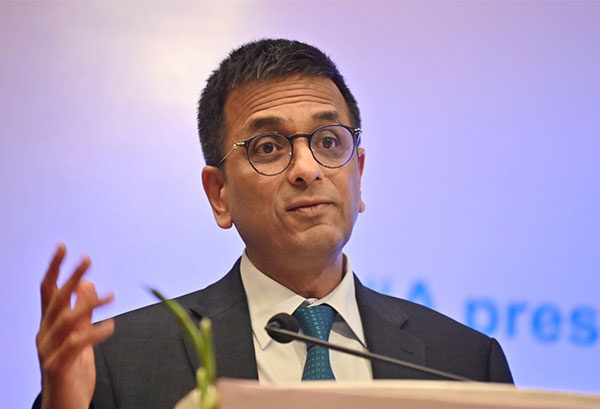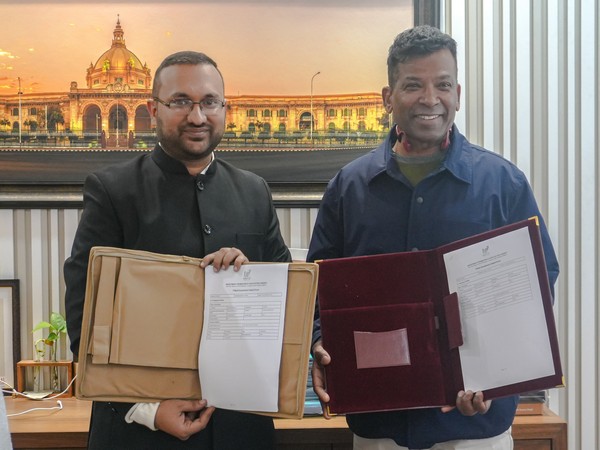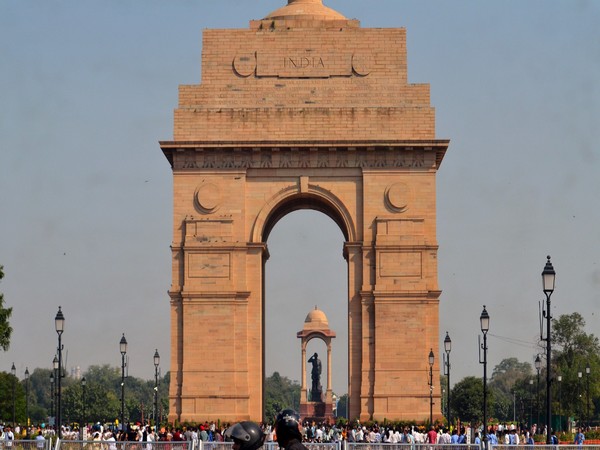Outgoing Bihar Deputy Chief Minister Tejashwi Yadav on Sunday hit out at acting CM Nitish Kumar after he resigned from the post to form a government with the NDA after days of speculation, saying that the JD(U) will be ‘finished’ by 2024 as it will cease to exist as a political party.
Speaking to ANI, Yadav also hinted at more political developments in the state and said that ‘the game is yet to begin’.
Calling Nitish Kumar a ‘tired CM’, Yadav said, “Khel abhi shuru hua hai, khel abhi baki hain. What I say, I do…I can give you in writing that the JDU party will be finished in 2024. The public is with us…”
Yadav, however, said that Nitish Kumar is and will be ‘respectable’.
“I want to thank the BJP that it got ready to induct his party (JDU) in their alliance,” he added.
He also credited the grand alliance rule for the development of the state in the last 17 months.
“Why should we not take credit for the work we have done? … The CM who used to say that it is impossible to give jobs, we gave jobs and showed that it is possible. We brought new policies in tourism, IT, and sports. The work that was done in 17 months could not be done in 17 years (of BJP-JDU rule). We did historic work in the 17 months…” Yadav added.
After days of speculation, JD(U) chief Nitish Kumar resigned as the Chief Minister of Bihar on Sunday, his second volte face in less than 18 months. Snapping ties with the RJD and Congress, Nitish will now be forming a government with BJP’s support, the oath-taking of which is going to take place shortly.
Nitish Kumar cited the state of affairs being “not right” under the Mahagathbandhan alliance as his reason for quitting. He said that he has been receiving suggestions from everywhere, including his party workers, and he listened to all of them to come to this decision.
“I have resigned as the CM today and have asked the Governor to put an end to this government. Party leaders were giving me advice. I heard what they said and have resigned. The situation was not good. So, we have broken ties,” Nitish Kumar told reporters outside the Raj Bhavan.
Despite turbulence in state politics, Nitish, whether with the Mahagathbandhan or the BJP-led National Democratic Alliance (NDA), has managed to retain the CM’s chair and ensured that his party has not split over his repeated flip-flops.
In the Bihar Assembly of 243, the RJD has 79 MLAs; followed by the BJP’s 78; the JD(U)’s 45′ the Congress’s 19, the CPI (M-L)’s 12, two each of the CPI(M) and CPI, the Hindustani Awam Morcha (Secular)’s four seats, and the AIMIM’s one, plus one Independent legislator.
Nitish Kumar, after parting ways with the BJP in 2022, took on the initiative of uniting all opposition forces to jointly take on Prime Minister Narendra Modi and the ruling party in the national election.
In 2000, Nitish became CM for the first time after campaigning against RJD supremo Lalu Prasad Yadav’s ‘Jungle Raaj’. Till now, he has been Bihar’s CM on eight occasions.
In 2013, Nitish broke ranks with the NDA after a 17-year alliance following the announcement of Narendra Modi as the BJP’s prime ministerial candidate.
He expressed his displeasure to the BJP over Modi’s selection as the PM face, and after the BJP decided to not change its decision, Kumar left the alliance.
In 2017, Nitish forged a grand alliance with the RJD and Congress and returned as chief minister in 2015.
He walked out of the grand alliance in 2017, accusing the RJD of corruption and choking governance in the state.
In 2022, Nitish Kumar snapped ties with the BJP once again, alleging the BJP was conspiring against him and trying to influence JD-U MLAs to rebel against him. (ANI)
For more details visit us: https://lokmarg.com/









